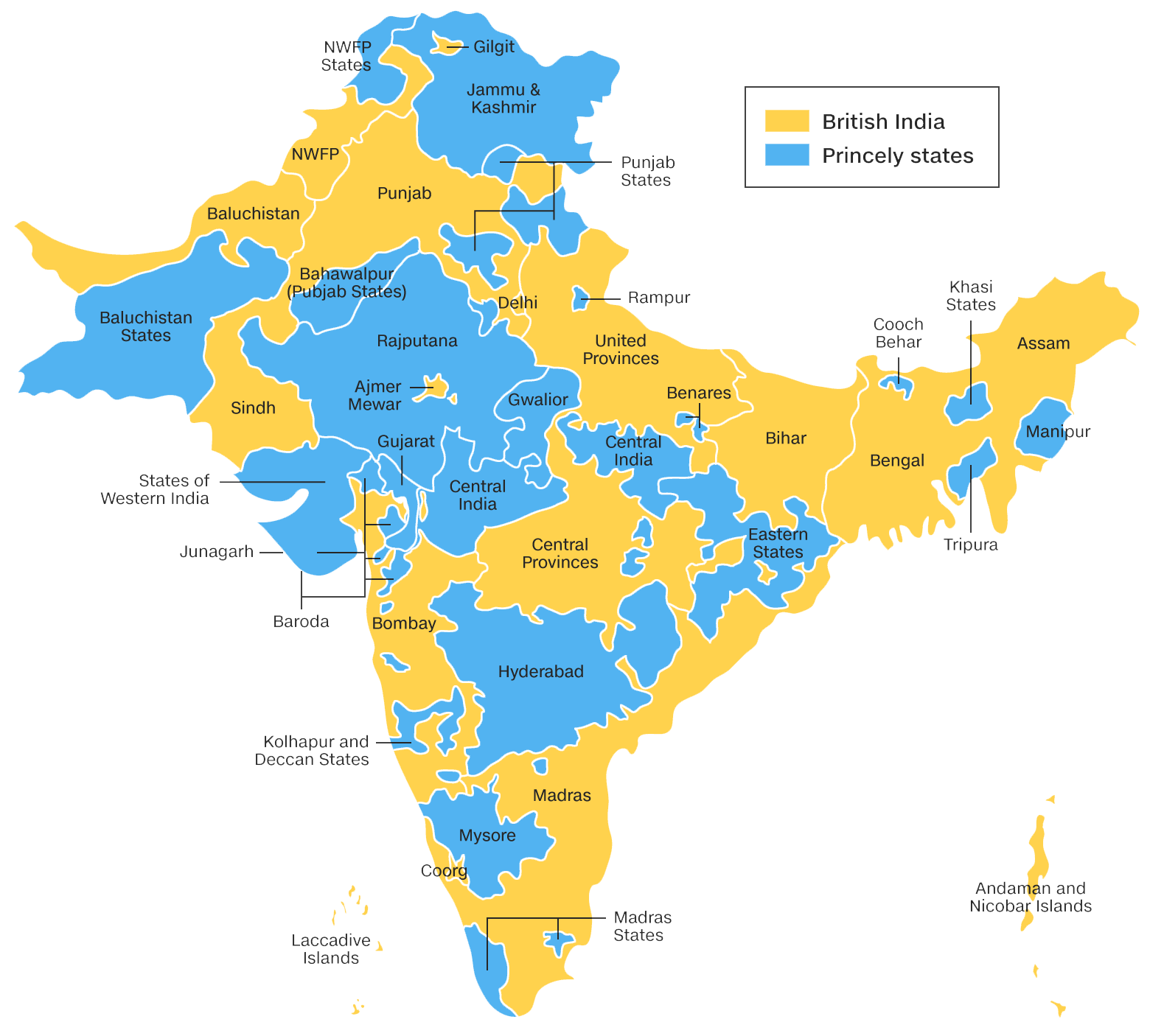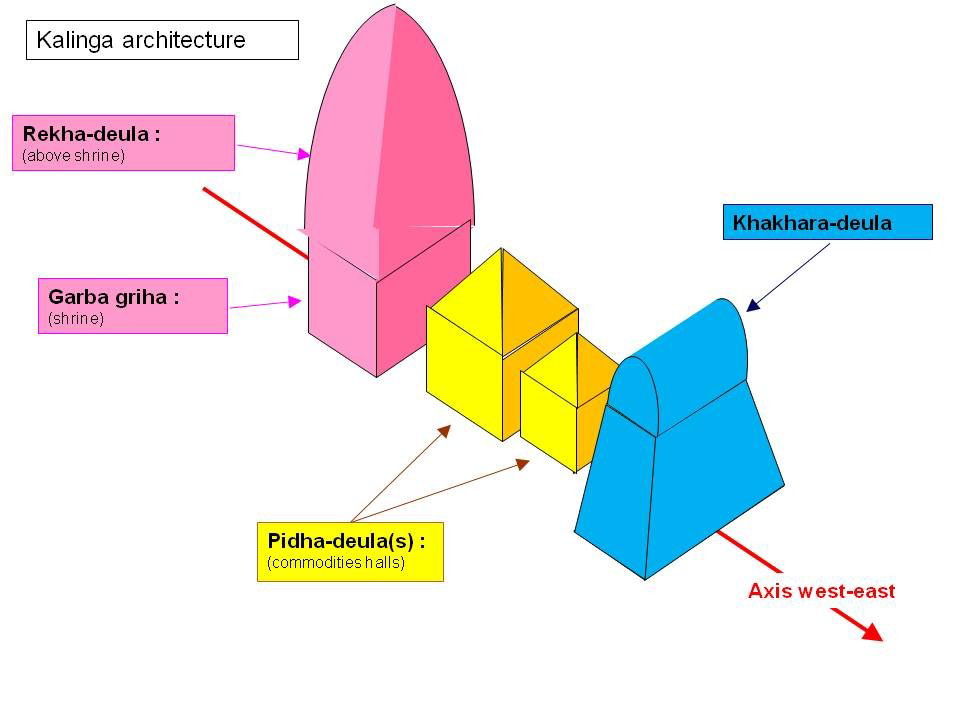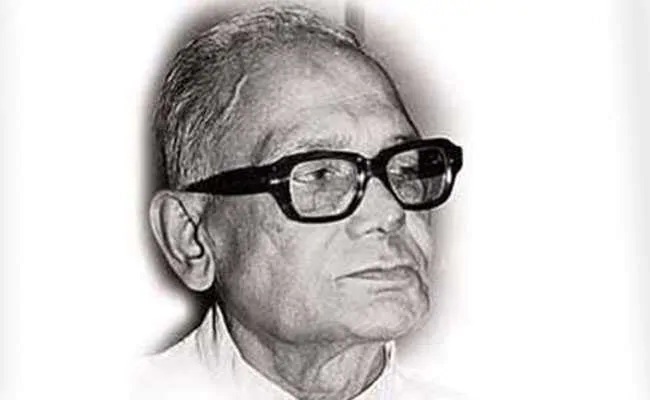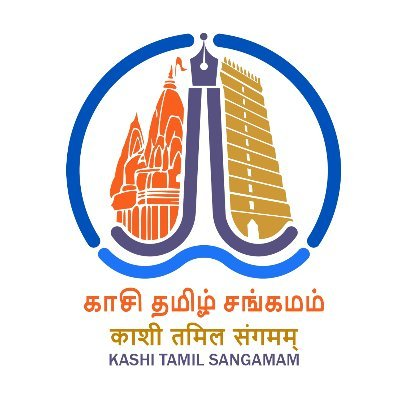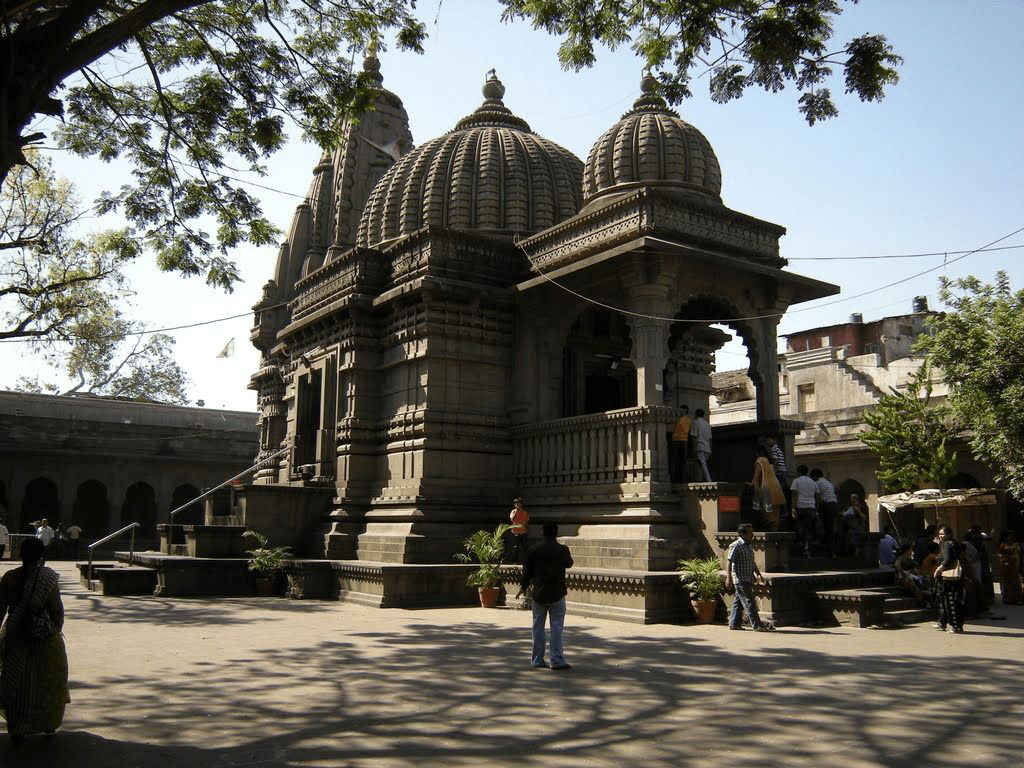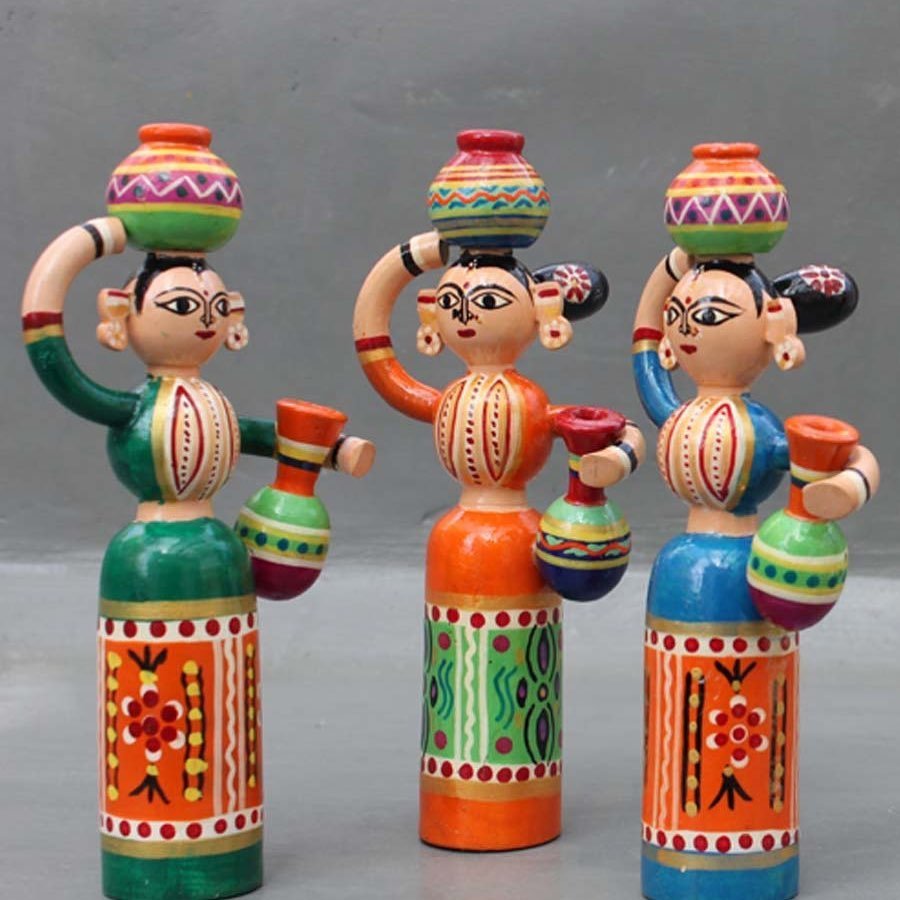
Mohiniyattam
Subscribers of "Current Affairs" course can Download Daily Current Affairs in PDF/DOC
Subscribe to Never Miss an Important Update! Assured Discounts on New Products!
Must Join PMF IAS Telegram Channel & PMF IAS History Telegram Channel
- Context (TH): Kerala Kalamandalam, a renowned institution for arts and culture, has taken a historic step by allowing boys to learn Mohiniyattam, a classical dance form traditionally associated with females.
- Mohiniyattam is a traditional Indian dance form from Kerala. It is named after Mohini, the female avatar of Lord Vishnu.
- Like most other classical Indian dances, Mohiniyattam’s roots can be traced back to Bharata Muni’s Natya Shastra.
- It was initially performed by Devadasis (temple dancers) in Kerala during the reign of the Chera kings (9th to 12th centuries CE).
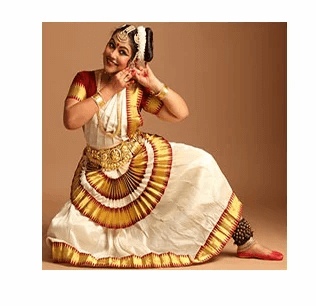
- Further development of Mohiniyattam occurred during the 18th and 19th centuries with patronage from princely states.
- Swathi Thirunal Rama Varma, the Maharaja of the Kingdom of Travancore, significantly contributed to its development and systematization in the early 19th century.
- Mohiniyattam is primarily a solo dance performed by female artists, characterized by graceful, gentle, and feminine movements known as Lasya.
- It combines dancing and singing, often featuring Manipravala songs blending Sanskrit and Malayalam.
- Music for Mohiniyattam is typically Carnatic, with dancers or vocalists performing the recitation.
- The dance is known for its smooth and fluid body movements, avoiding abrupt jerks or leaps.
- It emphasizes hand gestures and subtle facial expressions (Mukhabhinaya) over footwork, with 24 hand gestures derived from the ‘Hastha Lakshana Deepika’.
- Mohiniyattam costumes usually consist of plain white or ivory cream saris adorned with bright gold-laced brocade.
- Musical accompaniments include instruments like the Mridangam, Madhalam, Idakka, flute, Veena, and Kuzhitalam (cymbals).




![PMF IAS Environment for UPSC 2022-23 [paperback] PMF IAS [Nov 30, 2021]…](https://pmfias.b-cdn.net/wp-content/uploads/2024/04/pmfiasenvironmentforupsc2022-23paperbackpmfiasnov302021.jpg)

